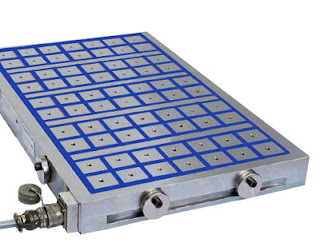There
are two fundamental various sorts of magnet, electromagnets and Permanent Magnet. An extremely durable
magnet is known as a long-lasting magnet in light of the fact that its
attraction is 'consistently on', it produces its own determined attractive
field not at all like an electromagnet which is produced using a curl of wire
folded over a ferrous center and requires an electric flow to create an attractive
field.
Super
durable magnets and impermanent magnets are both ferromagnetic yet transitory
magnets possibly show perceptible attractive properties when impacted by a
long-lasting magnet and keep an eye on not stay charged.
Extremely durable magnet
types
You
could ask, what makes a decent long-lasting magnet? The response isn't
generally direct as it relies upon what the super durable magnet will be
utilized for. There are a few kinds of super durable magnets, each produced
uniquely in contrast to various materials with various properties. The five
sorts of super durable magnets are alnico, samarium cobalt, ferrite, adaptable
elastic and the most grounded long-lasting magnets, neodymium magnets.
Working of a permanent
magnet
How
a super durable magnet functions is all to do with its nuclear design. All
ferromagnetic materials produce a normally happening, though feeble, attractive
field made by the electrons that encompass the cores of their molecules. These
gatherings of iotas can situate themselves in similar bearing and every one of
these gatherings is known as a solitary attractive space. Whenever a
ferromagnetic material isn't charged its spaces point in irregular headings and
their attractive fields counteract one another.
To
make a super durable magnet, Neodymium Magnets material is warmed at unbelievably high temperatures, while
presented to areas of strength for a, attractive field. This makes the
individual attractive spaces inside the material line up with the heading of
the outer attractive field to the moment that every one of the areas are
adjusted and the material arrives at its attractive immersion point. The
material is then cooled and the adjusted spaces are secured ready. This
arrangement of spaces makes the magnet anisotropic. After the outside
attractive field is eliminated hard attractive materials will keep the majority
of their spaces adjusted, making serious areas of strength for a magnet.


No comments:
Post a Comment